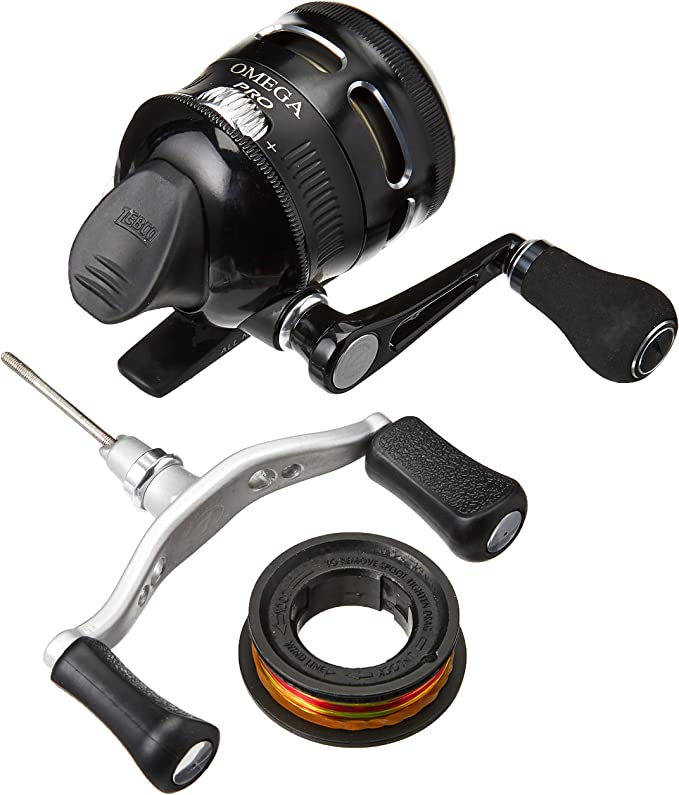The Science of the Hot Tent: Mastering Draft, Creosote, and Combustion Dynamics
Update on Nov. 19, 2025, 9:36 a.m.
Winter camping transforms the wilderness into a stark, silent landscape, but the barrier to entry is thermal regulation. The difference between a miserable endurance test and a cozy retreat often hangs on a single piece of equipment: the portable wood stove. However, successfully operating these devices inside a nylon or canvas shelter requires more than just lighting a match. It requires an understanding of fluid dynamics, thermal mass, and combustion chemistry.
The Huskfirm Wood Burning Stove provides a relevant chassis for examining these principles. By analyzing its steel construction, intake design, and chimney system, we can move beyond basic operation to master the “engine” of a hot tent.

The Engine of Airflow: Understanding the Stack Effect
A tent stove does not push smoke out; the atmosphere pulls it out. This phenomenon, known as the Stack Effect (or Chimney Draft), is the heartbeat of any wood burner.
When you ignite fuel in the Huskfirm’s firebox, the air inside heats up, expands, and becomes less dense than the freezing air outside. This buoyancy differential creates a pressure vacuum at the bottom of the stove, sucking fresh oxygen in through the intake vents and driving exhaust gases up the flue.
- Height Matters: The Huskfirm comes with five sectional pipes. Physics dictates that a taller chimney column creates a stronger draft. A weak draft is often the culprit behind “back-puffing” (smoke entering the tent).
- Temperature is Key: The draft relies on heat. A cold chimney pipe (common at start-up) can form an “air plug.” This explains why user Barbara Bain experienced smoke issues initially. The solution is not to blame the stove, but to “prime” the flue—using a fast-burning starter (like paper or fatwood) to rapidly heat the pipe air column before adding larger logs.
The Enemy Within: Creosote Dynamics and Pipe Orientation
One of the most misunderstood aspects of tent stove engineering is the formation and management of creosote. When wood burns incompletely—often due to damp fuel or restricted oxygen—it releases volatile tars. As these hot vapors travel up the chimney and hit the cold metal walls (chilled by winter air), they condense into a liquid known as creosote.
This leads to a critical installation detail often missed by novices: Pipe Orientation. * The Problem: If chimney sections are installed with the “male” (narrow) end pointing up, condensing creosote will run down the inside walls and leak out at the seams, dripping onto the stove and tent floor. This creates the mess described in critical reviews. * The Engineering Fix: Proper installation demands the “male” end points down into the “female” receiver. This keeps any liquid creosote contained inside the pipe, where it can eventually drip back into the firebox and be incinerated. While the Huskfirm’s standard pipe configuration may challenge this, savvy operators often utilize adapters or specific assembly techniques to ensure this internal flow path, prioritizing safety over convention.

Thermal Mass vs. Conductivity: The Material Trade-off
In the world of portable heating, material choice is a compromise between portability (weight) and performance (thermal mass). * Titanium: Ultra-lightweight but cools down instantly when the fire dies. * Steel: The Huskfirm utilizes a “thick steel body.” While heavier (approx. 20 lbs), steel possesses significantly higher specific heat capacity.
This means the stove acts as a thermal battery. As user Everett D. Robinson noted, it “holds heat well.” Once the fire box reaches operating temperature, the steel continues to radiate infrared heat stabilizing the tent’s temperature even as the fire fluctuates. For static camping (base camp, hunting blinds, ice fishing), this thermal inertia is often superior to ultralight titanium alternatives, providing a more consistent “wave” of warmth rather than sharp spikes and drops.
The Chemistry of the “First Burn”
New owners are often alarmed by chemical smells or smoke rising from the stove’s surface during the first use. This is not a defect; it is a necessary chemical process known as Curing.
High-temperature paints and rust-proof coatings contain solvents and binders that must off-gas. As user J. Lee observed with the “paint peeling” or smoking, the stove surface must reach a critical temperature to set the coating. * The Protocol: A “burn-in” performed outdoors is mandatory. This allows the Volatile Organic Compounds (VOCs) to dissipate safely into the atmosphere rather than the confined space of a tent. Once cured, the paint hardens (or burns off in specific areas), and the stove becomes safe for enclosed use.

Managing the Burn: Pyrolysis and Oxygen Control
A fire is a chemical reaction that requires precise throttling. The Huskfirm features a dual adjustable damper system (intake and chimney). Mastering these controls is mastering pyrolysis—the decomposition of wood into combustible gases. * Start-up: Both dampers open. Maximum oxygen for ignition. * Cruising: Once the stove and flue are hot, the bottom intake should be choked down. This restricts oxygen, slowing the burn rate and forcing the wood to charcoal rather than burn to ash instantly. This extends burn times for overnight comfort. * The Window: The “large size window” serves as a combustion analyzer. A lazy, orange flame indicates oxygen starvation (incomplete combustion/soot), while a vigorous, bright yellow/white flame indicates efficient burning.
Conclusion: Respecting the System
A portable wood stove like the Huskfirm is not a passive appliance; it is an active system requiring operator skill. Safety features like the spark arrester are critical lines of defense against tent ignition, but they are secondary to the operator’s understanding of fuel quality (dry hardwood only) and draft management. By approaching the stove as a thermal engine rather than a campfire in a box, outdoor enthusiasts can harness safe, efficient heat, turning the harshest winter environment into a comfortable home.






















